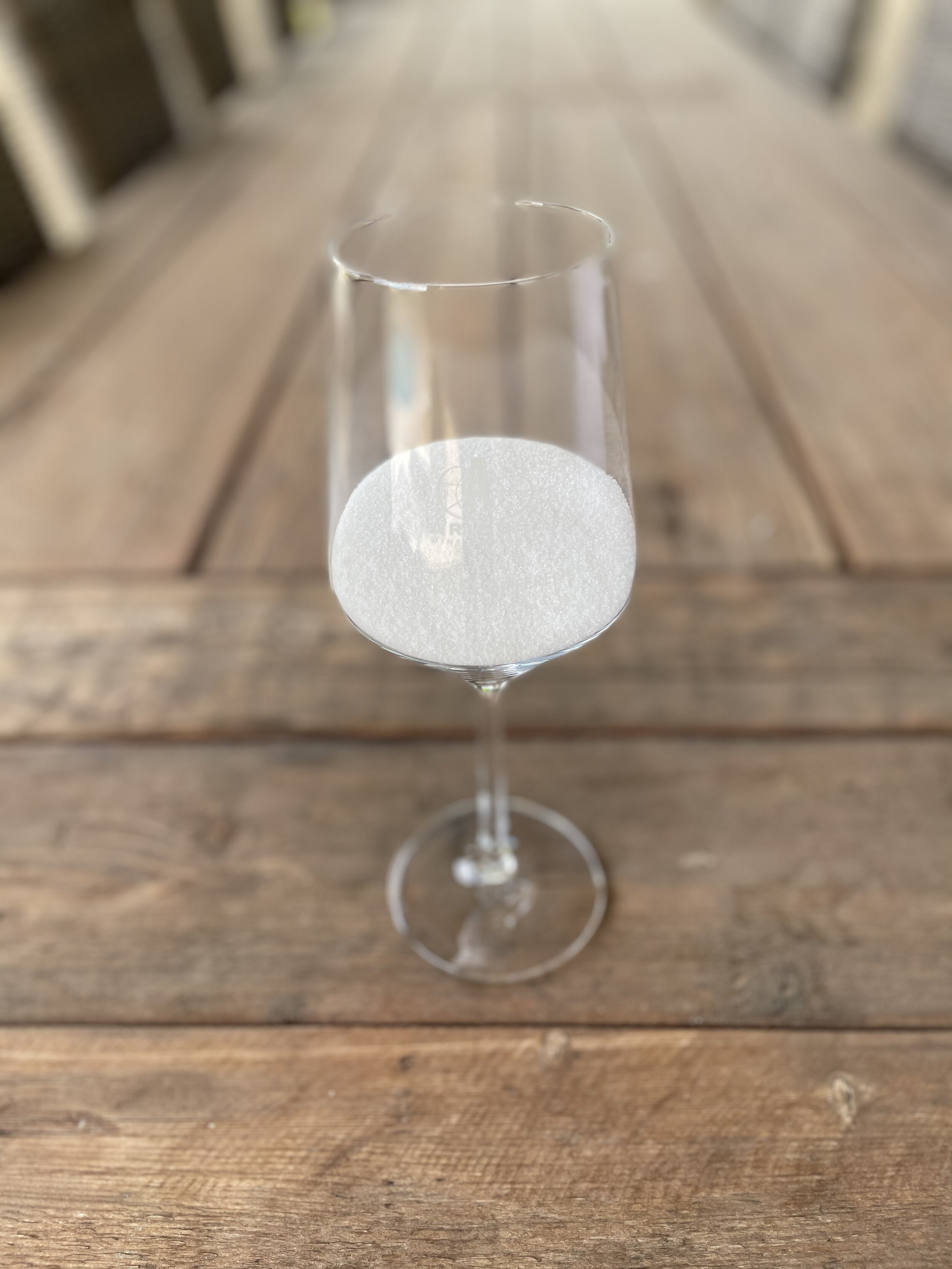What is Dry Wine and Which Types of Wine are Dry?
One of the most tricky concepts for wine consumers is the question of what does it mean for a wine to be “dry?” Obviously, all wines are liquids, so dryness in wine is not in relation to wetness. But what is a dry wine?
What Does Dry Wine Mean?
A wine being dry, at its most basic, means that the wine contains no residual sugar. The fermentation process converts the sugars in grapes to alcohol – typically the grapes start out with a sugar concentration of somewhere around 200 – 280 grams per liter of sugar, which then is transformed by yeast into alcohol, heat, and carbon dioxide. The goal of most fermentations is to fully convert all the sugar present into alcohol so that the resulting wine is 12-16% alcohol and 0% sugar, aka: a dry wine.
In some cases, winemakers will intentionally stop the fermentation process through chilling, adding sulfur dioxide, and/or filtratration in order to preserve some of the natural sugars. This would result in a wine that is off-dry, semi-sweet, or sweet. Because we as winemakers always have these options, any wine has the potential, starting out, to be made completely dry or to be made sweet.
Is Sauvignon Blanc Dry?
The reality is that many wines on the market today do contain a small amount of sugar. However, the amount is small enough that many drinkers would not necessarily say to themselves that the wine tastes sweet. This is often due to the fact that the interplay of the acidity in wine with any sugar present can have the effect of making the wine taste dry. This is often the case with Sauvignon Blanc. Many consumers would taste Sauvignon Blanc and conclude that it is dry. In fact, many Sauvignon Blancs do contain some residual sugar. However, it is a hallmark of Sauvignon Blancs that it is also very high in acidity. The high levels of acid can mask the taste of the sugar, and result in a balanced wine that seems quite dry, despite not fully being so.
In contrast, drinkers often interpret the fruitiness or oakiness of certain wines as sweetness when in fact, the wine contains no residual sugar. This is often true of Chardonnays – these wines can be quite opulent with ripe fruit flavors, and may have a significant oak presence. In fact, the toasting of the oak makes certain oak compounds soluble – compounds that smell and taste like vanilla, coconut, and warm spices; flavors we associate with sweetness. So you could have a glass of completely dry Chardonnay that tastes somewhat sweet.
It is much less common to find a red wine that is not dry. Wines such as Merlot, Malbec, and Cabernet Sauvignon are generally expected to be dry, whereas certain red blends can contain quite a lot of residual sugar. Though it is less common to play with sweetness in red wines, it can have the effect of smoothing out harsh tannins on the palate and give the wines some additional weight. Again, because of the interplay of the acid, sugar, and tannins, these wines can still be quite balanced and taste dry, regardless of the sugar content.
There are certain wines on the market that can reasonably be expected to be on the off-dry to sweet spectrum. White Zinfandel would be quite the disappointment without its classic watermelon/strawberry candy sweetness. And wines like Riesling and Gewurztraminer are often made in quite a broad spectrum of dry to sweet styles. Checking in with the sommelier or wine steward will give you peace of mind if, for example, you are looking for a dry Gewurztraminer.
The reality is that it can be quite difficult to know whether a wine is truly dry or not without analytical testing, or a highly attuned palate. However, whether this matters to you or not is entirely up to you. And if this is the case, the person working at the winery, shop, or restaurant where you’re purchasing wine will be your best resource for this information. Barring that, many winery websites contain technical data about their wines that can be useful if you’re debating whether to try a particular wine or not.
Whether you prefer a dry or a sweet wine, there are a huge diversity of wines on the market today for every taste. The next time you’re enjoying a glass of your favorite wine, take a moment to pay a little attention to the flavors you’re experiencing. Is there a hint of sweetness in the background?

